Pruning overgrown trees can be a daunting task. If you are looking for a comprehensive guide to pruning your trees, you have come to the right place. This article will provide you with all the information you need to know about pruning overgrown trees, including the best methods, tools, and techniques. With these tips, you can ensure that your trees remain healthy and beautiful.
We'll also discuss the importance of pruning for tree health, and how it can help keep your yard looking its best. Whether you are a beginner or an experienced tree pruner, this guide will give you the knowledge you need to make sure your trees stay healthy and beautiful for years to come.
Pruning Overgrown Trees
is an important part of tree care that can help control the size and shape of trees while promoting healthy growth. Trees often provide shade, oxygen, and beauty to our environment, but when they become overgrown, they can cause a variety of problems including disease, pests, and structural damage. The process of pruning overgrown trees is essential to maintaining their health and avoiding potential hazards.The importance of pruning overgrown trees cannot be overstated. Proper pruning techniques are needed to avoid damaging the tree or its surrounding environment. Pruning helps maintain the size and shape of the tree, while also promoting healthy growth. Pruning can also help to reduce the risk of disease, pest infestation, and structural damage.
Techniques and Tools Used in Pruning Overgrown Trees vary depending on the type of tree being pruned. Common techniques include thinning, shearing, and dead-wooding. Thinning involves selectively removing branches to reduce the density of the canopy while still maintaining the overall shape of the tree. Shearing is used to remove branches in an even manner to create a uniform shape.
Dead-wooding is the removal of dead or diseased branches from the tree. The tools used in pruning overgrown trees include hand pruners, loppers, saws, and pole pruners. Protective clothing such as gloves and safety glasses should also be worn when pruning.
Best Time to Prune
depends on the species of tree being pruned.Generally, it is best to prune trees in late winter or early spring before new growth begins. This ensures that the tree is not left vulnerable to pests and diseases while it is healing from the pruning process. When pruning, make sure to follow the three-cut method for larger branches - start by making a notch on the underside of the branch about 10cm away from the trunk, then make a cut from the top of the branch about 1/3 of the way through, followed by a cut from the bottom to remove the branch.
Signs of Unhealthy Trees
are often apparent before any pruning is done.Unhealthy trees may have discolored leaves or bark, dead branches or leaves, or signs of insect damage. If a tree is not responding well to pruning, it may be due to disease or pest infestation. In this case, it is best to contact a professional arborist for help with diagnosing and treating the problem.
Aftercare
following pruning is essential for promoting healthy growth in trees.Mulching around the base of trees helps retain moisture and protect against temperature extremes. Fertilizing can also help stimulate healthy growth in trees that have been recently pruned. Additionally, regular inspections can help identify any potential issues with your trees before they become a problem.
Tools & Equipment
Pruning ToolsWhen pruning overgrown trees, the right tools are essential. Pruning saws, shears, loppers, and pole saws are all useful for pruning overgrown trees.A pruning saw is a versatile tool that can be used to cut larger branches, while shears are best for cutting smaller branches. Loppers are a type of shear that have long handles for increased reach and leverage. Pole saws are a great option when you need to reach high branches without climbing the tree.
Selecting the Right Tools
Choosing the right pruning tools for your needs depends on the size of the tree and the type of branches you’re cutting. For small trees with thin branches, shears or loppers are the best option.For larger branches, a pruning saw is necessary. If you’re pruning high branches, a pole saw is an invaluable tool that will save you time and energy.
Safety Considerations
Tree pruning can be dangerous, especially when dealing with large and overgrown trees. It is important to take proper safety precautions when pruning overgrown trees in order to minimize the risk of injury. Before beginning the pruning process, be sure to wear protective clothing, including long pants, long sleeves, gloves, and safety glasses.Additionally, it is important to use the right tools for the job. Pruning saws, loppers, and pole pruners should all be used when pruning overgrown trees in order to achieve safe and effective results. It is also important to be aware of your surroundings when pruning overgrown trees. Be sure to look for any nearby power lines, buildings, or other obstacles that could interfere with your pruning.
Additionally, it is important to pay attention to the weather. Pruning overgrown trees in windy or wet conditions can increase the risk of injury or damage. Finally, it is important to be aware of the potential hazards of working with overgrown trees. Trees can become unstable when branches are removed, and there is a risk of branches falling unexpectedly.
Additionally, it is important to avoid cutting too deeply into the trunk of a tree, as this can lead to infection and decay. Taking proper safety precautions is essential to ensuring a safe and successful tree pruning experience.
Types of Pruning
Pruning is an important part of tree care that can help control the size and shape of trees while promoting healthy growth. When it comes to pruning overgrown trees, there are several different types of pruning techniques that can be used. These include thinning, shearing, and dead-wooding.ThinningThinning is a process of selectively removing branches, usually done on trees with dense foliage. This type of pruning encourages light penetration and air circulation in the tree canopy, which helps reduce the risk of disease and insect infestations. When thinning, make sure to remove only branches that are crossing, rubbing against each other, or growing in an awkward direction.
Shearing
Shearing is a process of shaping a tree by trimming the outer edges of its canopy.This type of pruning is usually done to maintain a tree’s desired shape or size. It should be done carefully to avoid damaging the tree or removing too much foliage.
Dead-wooding
Dead-wooding is the process of removing dead or dying branches from a tree. This helps keep the tree healthy by preventing the spread of disease and pests, as well as reducing potential hazards.When dead-wooding, make sure to cut only dead or dying branches at the point where they meet living wood. By understanding the different types of pruning techniques and when to use them, you can help your trees stay healthy and look great for years to come.
Maintenance & Aftercare
Once you have pruned an overgrown tree, there are certain maintenance and aftercare practices you should follow to ensure the health of your trees. Proper mulching and fertilizing are essential for healthy tree growth.The correct mulch should be applied in a 2-3 inch layer around the base of the tree. When fertilizing, use a slow-release fertilizer with a combination of nitrogen, phosphorus, and potassium. Monitor for signs of disease or pests, such as wilting or yellowing leaves, insect infestations, or fungal growth. If you notice any of these signs, contact a professional tree service for further assistance. In addition to mulching and fertilizing, regular watering is essential for keeping your trees healthy.
Water deeply twice a week during dry periods. If you have recently transplanted a tree, it is important to water it every day for the first two weeks to help it become established. Finally, remember to inspect your trees regularly for signs of damage or decay. Prune dead branches and remove any diseased parts of the tree as soon as possible. By following these steps, you can keep your trees healthy and prevent them from becoming overgrown again. Pruning overgrown trees is an important part of tree care and can help promote healthy growth and control the size and shape of trees.
There are several types of pruning techniques, including pruning to remove dead or diseased branches, pruning to reduce the size of a tree, and pruning to improve the overall shape of a tree. When pruning, it is important to use the right tools and equipment, observe proper safety precautions, and maintain your trees with regular aftercare. If you are uncertain about any aspect of tree care, it is best to seek professional help. By following these steps and taking proper care of your trees, you can ensure they remain healthy and continue to provide shade, oxygen, and beauty for years to come.
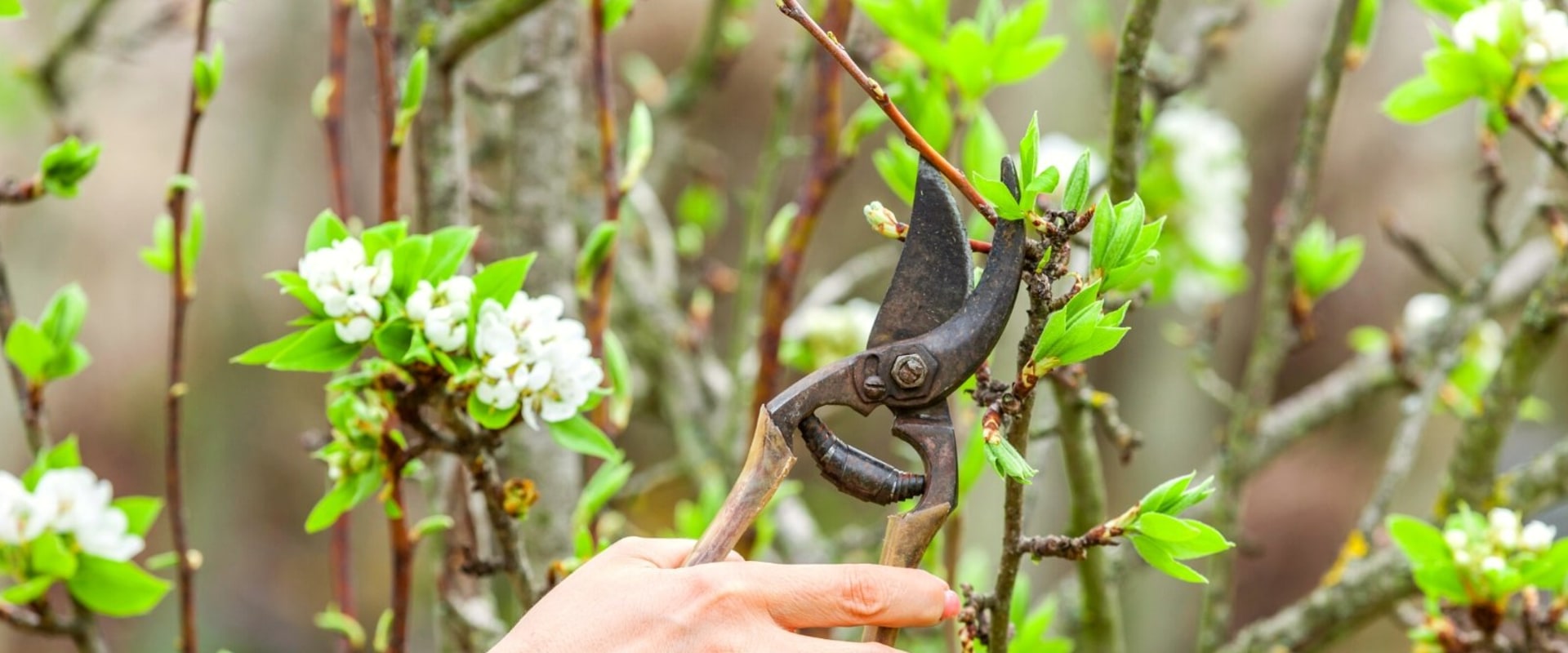
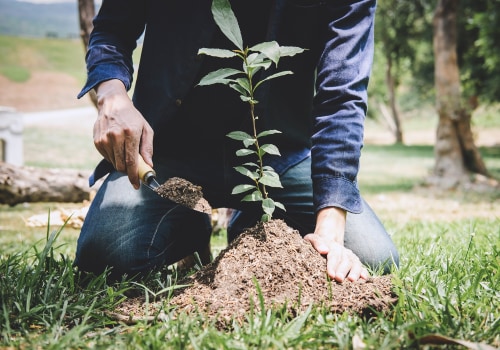
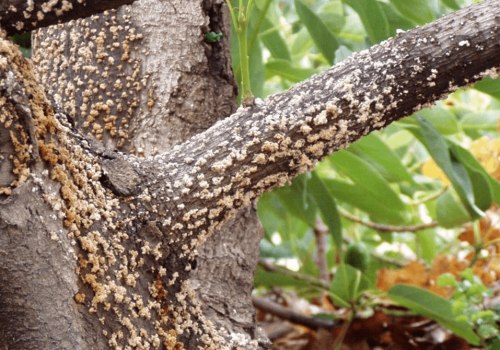
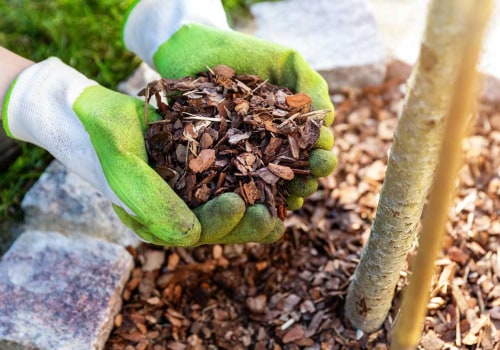
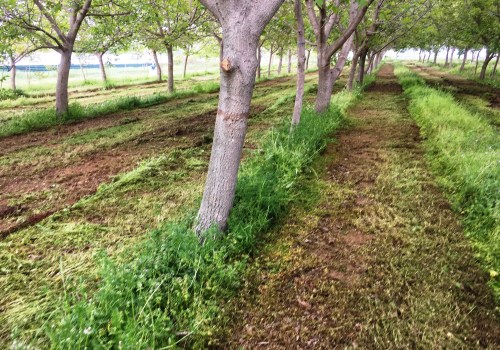
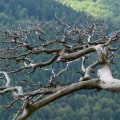
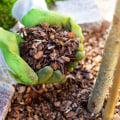
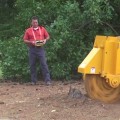
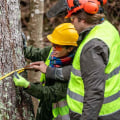
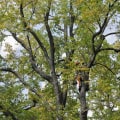
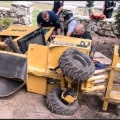
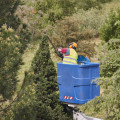
Leave Message